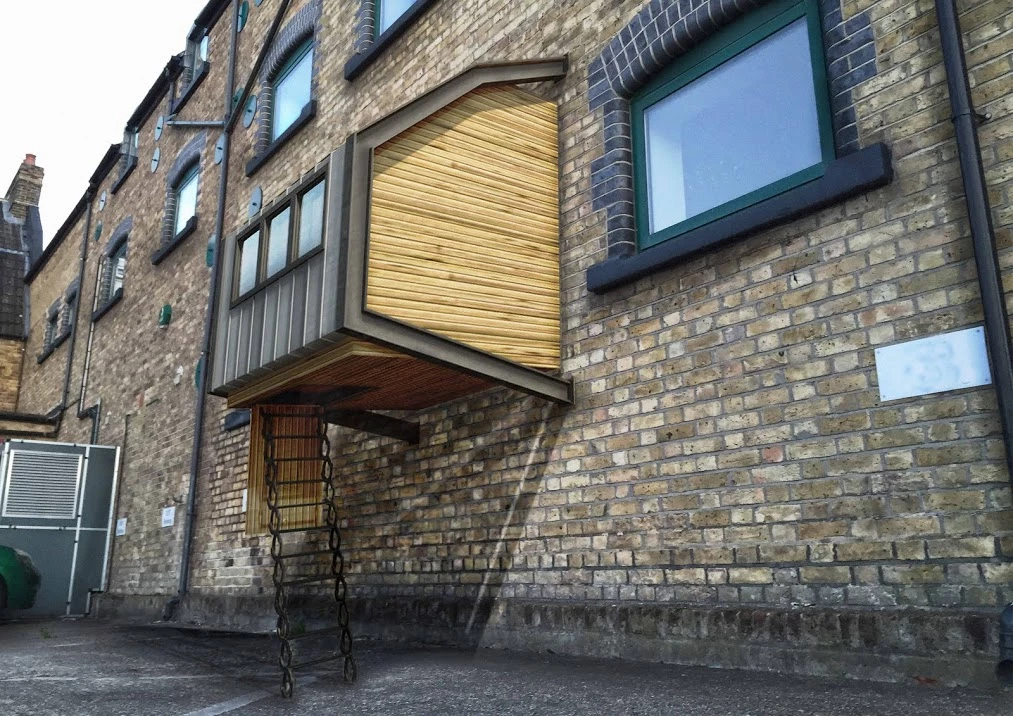As well as facing the dangers of exposure to bad weather, homeless people are more likely to be victims of violent crime, theft and abuse from the public. A new conceptual shelter is aimed at tempering these dangers. Homes for the Homeless proposes cheap pods that attach to the sides of buildings.
Designed by architect James Furzer, Homes for the Homeless is designed first and foremost with London, UK, in mind, where Furzer says that the number of people sleeping rough annually has increased 77 percent since 2010 to 6,500.
Although the pods wouldn't be able to stop people becoming homeless, they could provide shelter from the elements. They could also provide safety for people who would otherwise be sleeping rough by virtue of simply taking them off the streets and away from potential perpetrators of crimes against the homeless.
Furzer explains to Gizmag that no toilet facilities have been included in the design, with the pods intended only to be a place to sleep and for providing temporary warmth, not as a permanent residence. They are designed to be simple, for quick construction and to be easily attached to any wall.

Each pod comprises two steel frame sections that attach to a wall at two points each and then hold the structure together and in place. By raising the pods high enough, they can be installed above pavements and clear of pedestrian head-height. Access would be provided by way of ladders.
Furzer envisages the pods being monitored and maintained on a daily basis. Rules for appropriate usage and even times of use could be put in place, he says, to ensure that the pods do not cause a hazard to pedestrians. It would be important, for example, that access ladders could be safely stowed and no objects could fall from the pods.

A variety of materials can be used for the outer skin of the pods, to save money or match the aesthetic of different buildings, but Furzer proposes the use of insulated floor and wall paneling with zinc cladding. Opening windows would allow for temperature regulation and provide a fire escape route.
Furzer says he plans to finalize the design and engineering of the pods and then hopes to work with charitable organizations that would donate a pod or a number of pods to an area and then manage their maintenance and availability. Their modular nature means they can be deployed individually or as part of a community.
Sources: James Furzer, Fakro
Update (Aug. 25, 2015): Furzer has started a crowdfunding campaign aiming to raise £15,000 (US$23,500) to help construct a prototype module. Even if that goal isn't reached, all funds pledged will be collected and, given the altruistic nature of the campaign, backers will only receive a limited A5 or A4 print of the pods, along with a warm fuzzy feeling.








